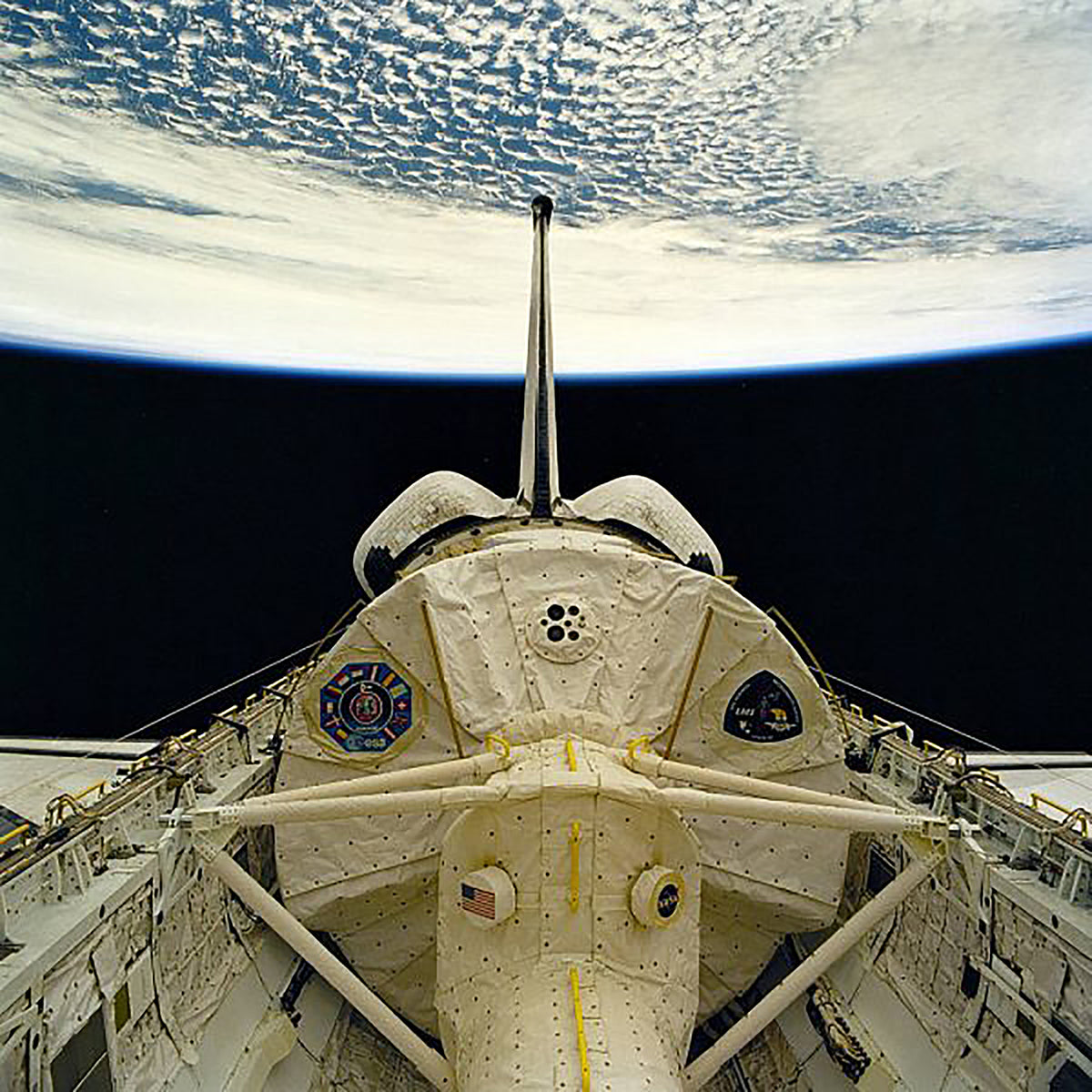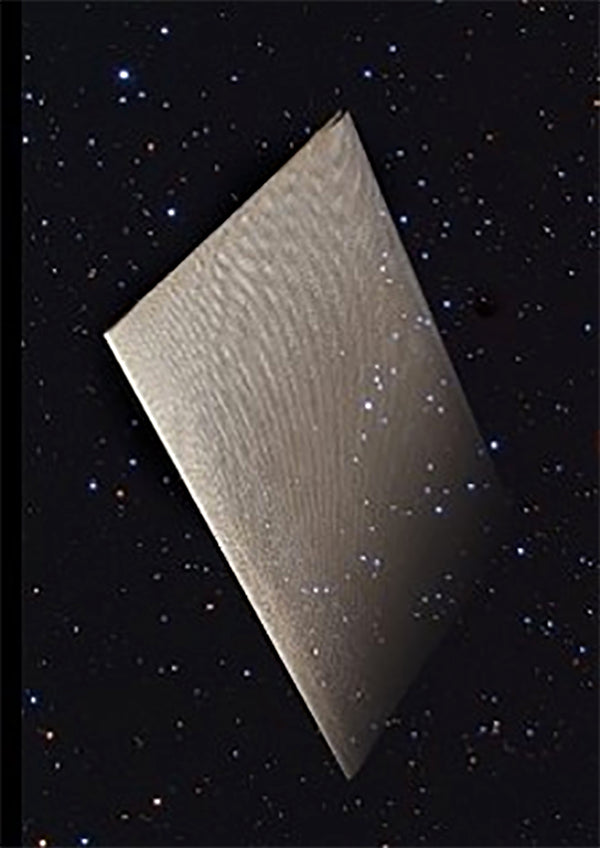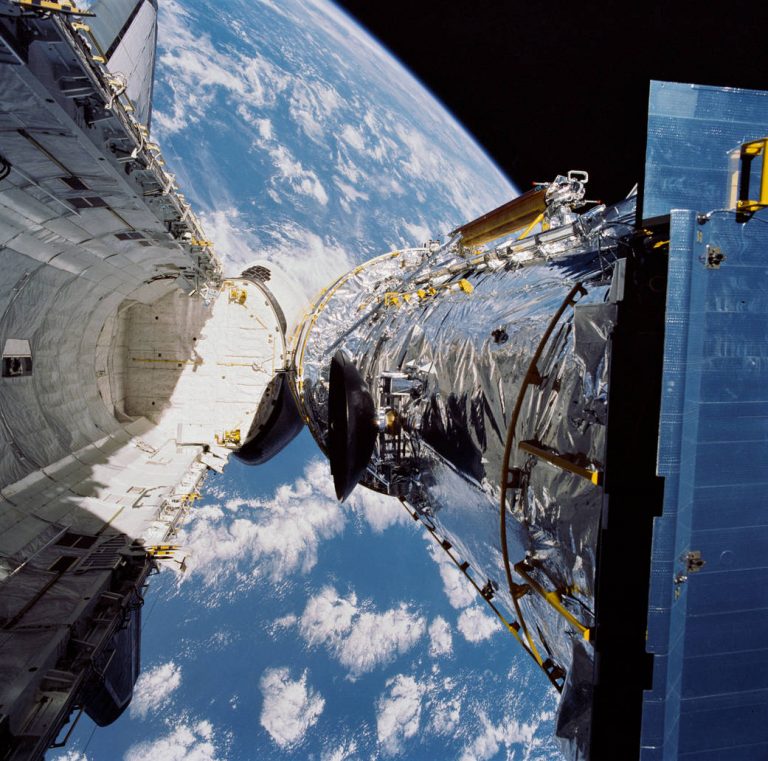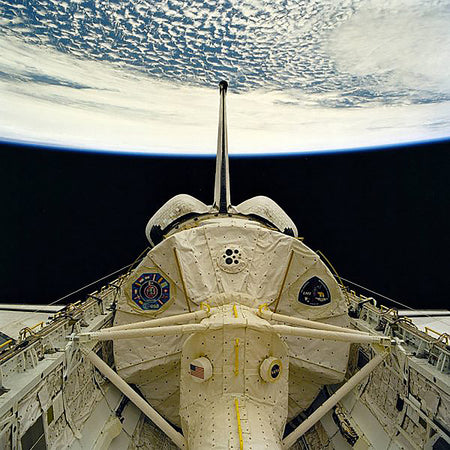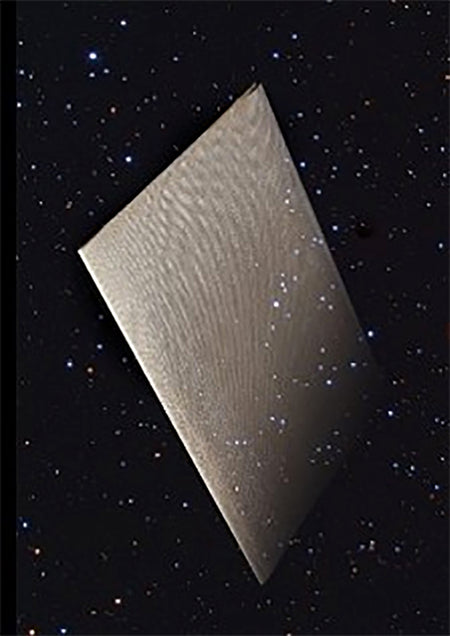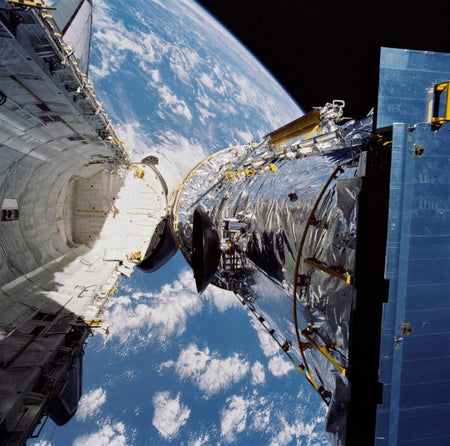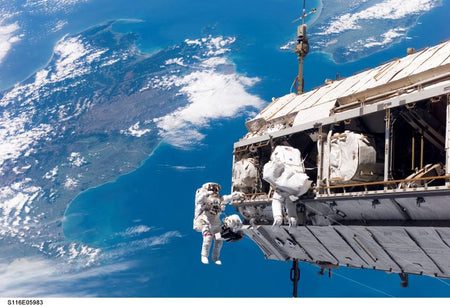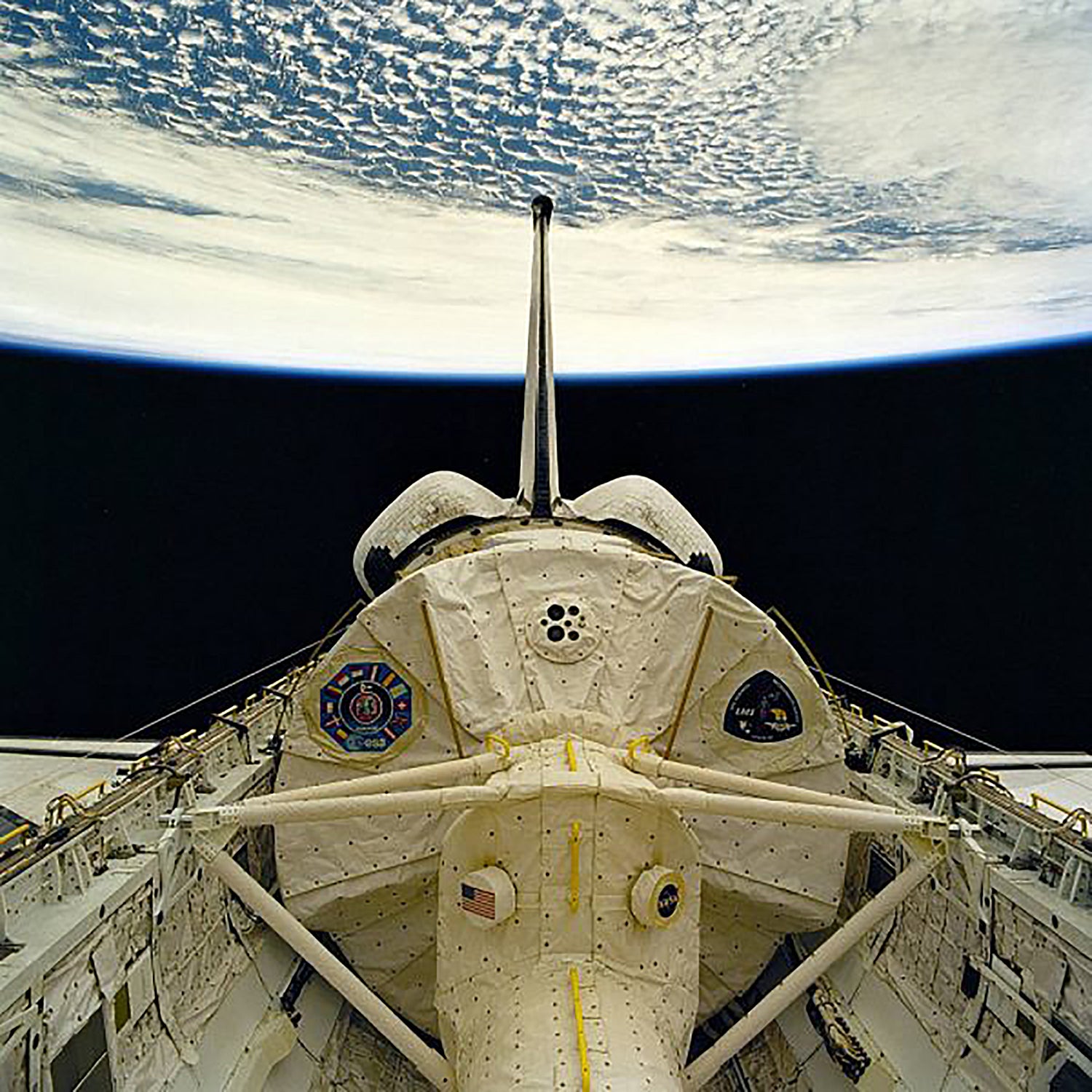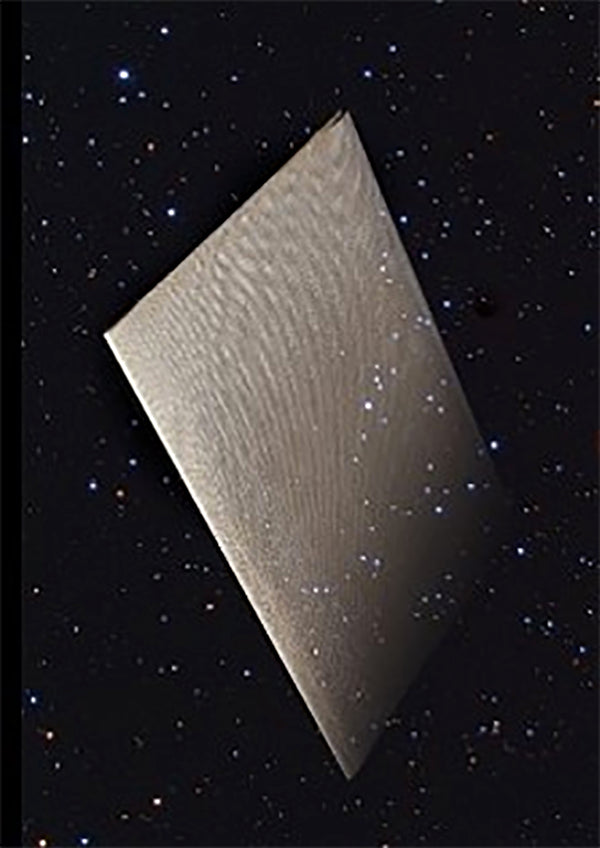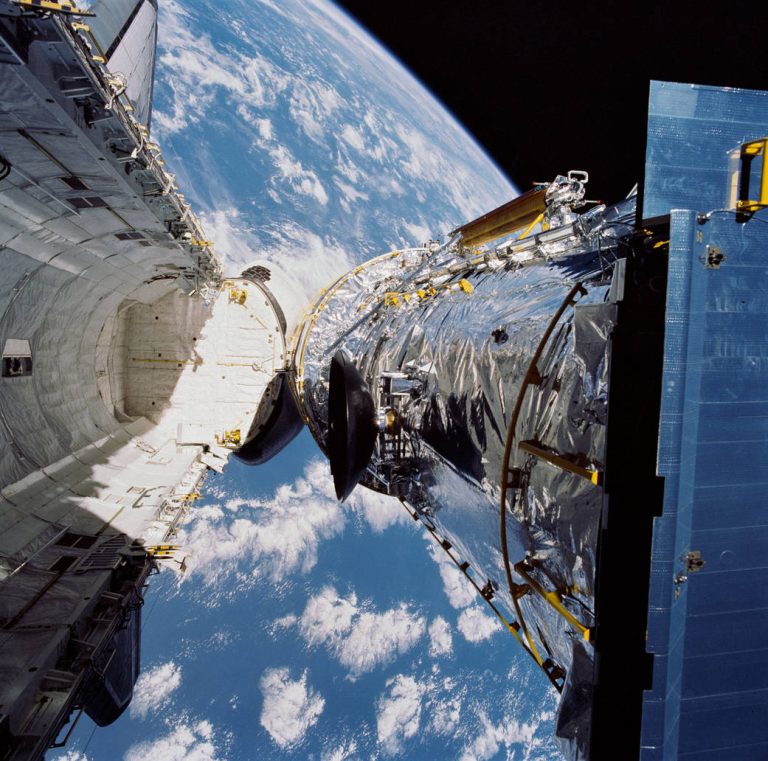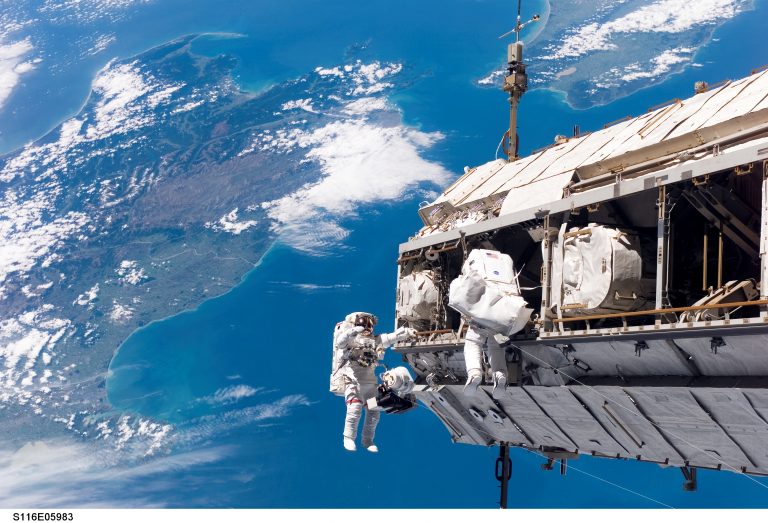BA 500BC PTFE Coated Fiberglass Beta Cloth
Bron Aerotech, LLC supplies this low-outgassing, white PTFE-Coated Glass Cloth to the Space Market. As a passive thermal control solution, Beta Cloth applications include Multi-Layer Insulation (MLI), Light Blocking, MMOD shielding, and protection from UV radiation and space plasma.
The very tight weave provides mitigation of the destructive effects of atomic oxygen (AO) in low-Earth (LEO) orbit. Beta Cloth contains no silicone, operates exceptionally well in the harsh space environment, and is found in Satellite, Launch Vehicle, Rovers, Space Habitats and Space Station interior and exterior surface protection applications.
Beta Cloth, also known as Beta Fabric, is a white, PTFE-impregnated glass cloth commonly employed as an outer MLIB (Multi-Layer Insulation Blanket) layer due to its AO (atomic oxygen) resistance in LEO (Low Earth Orbit). It was heavily used on the Space Shuttle and continues to protect the interior and exterior of the International Space Station (ISS).
Beta cloth products are comprised of a high-performance PTFE (Teflon™) and glass composite used as a component for MLI (multi-layer insulation) blankets. Often used as the outer layer, special design of the product provides the strength, resistance to flex fatigue and handle which sets it apart from other standard coated fabrics and makes it more suitable for space applications. This lightly coated, low outgassing material has a great deal of flight legacy being used in proximity to sensitive components and equipment. In many applications, some material’s properties or values are diminished by end of life as the effects of thermocycling, atomic oxygen, solar ultraviolet radiation, vacuum ultraviolet radiation, and space debris attack the exposed surface. Beta cloth fabrics are able to withstand these harsh conditions, serving as a barrier and protecting the inner surface.
This historic material is supplied to the aerospace market exclusively by Bron Aerotech, LLC in Denver, Colorado. Bron Aerotech facilitated the successful re-qualification of beta cloth at aerospace OEMs when DuPont changed the Teflon formulation to reduce and then eliminate PFOA.
We supplied NASA (JPL) with beta cloth that is still protecting the nuclear power plant of Curiosity on planet Mars, 32 million miles from Earth.
The most common end products associated with beta cloth (non-silicone) are:
– BA 500BC Standard beta cloth
– BA 500BCGW ESD beta cloth with patterned graphite wire/weave
– BA 500BCE Etched one side beta cloth for bonding and laminating
– Metalized (VDA) beta cloth
– Beta cloth Tape for cable/wire wrap. Slit to desired width.
– BA 500BC-966 beta cloth with low outgassing adhesive
Applications:
- Abrasion Resisting
- Atomic Oxygen (AO) Mitigating,
- Cable & Wire Protecting
- Light Blocking
- Surface Protection
- UV Mitigating
Properties:
|
Color: |
White |
|
Substrate/Carrier: |
Polyimide |

